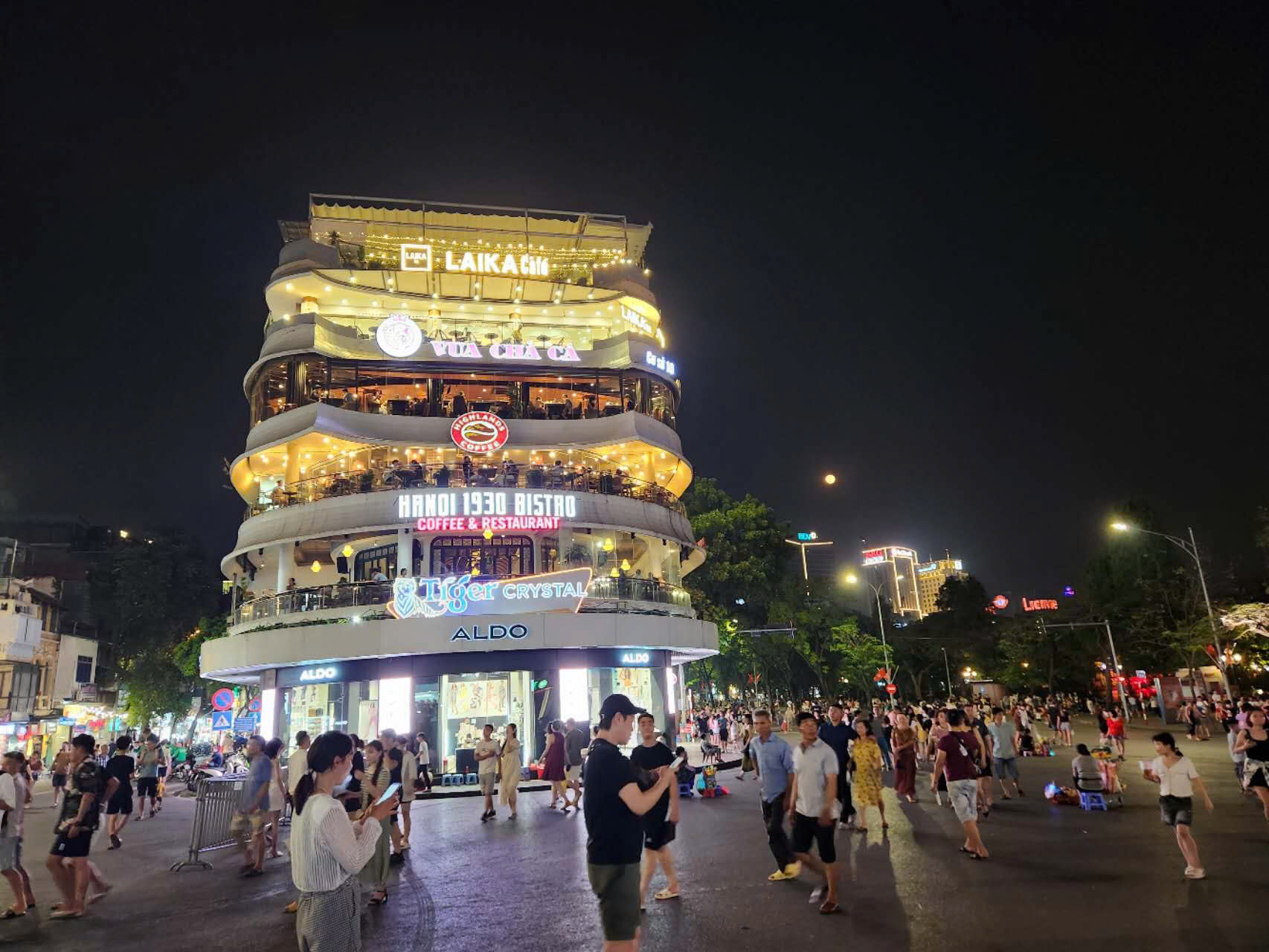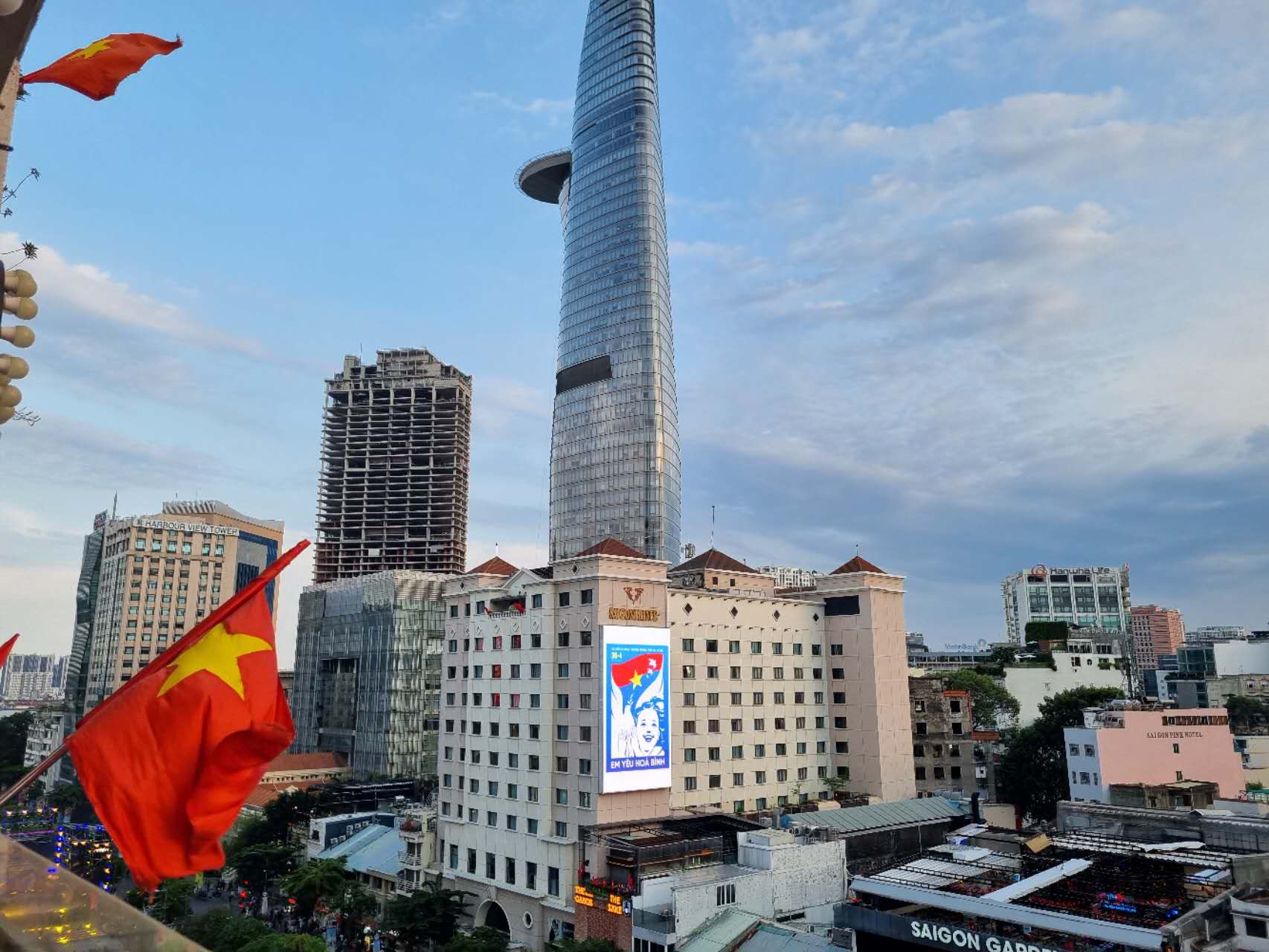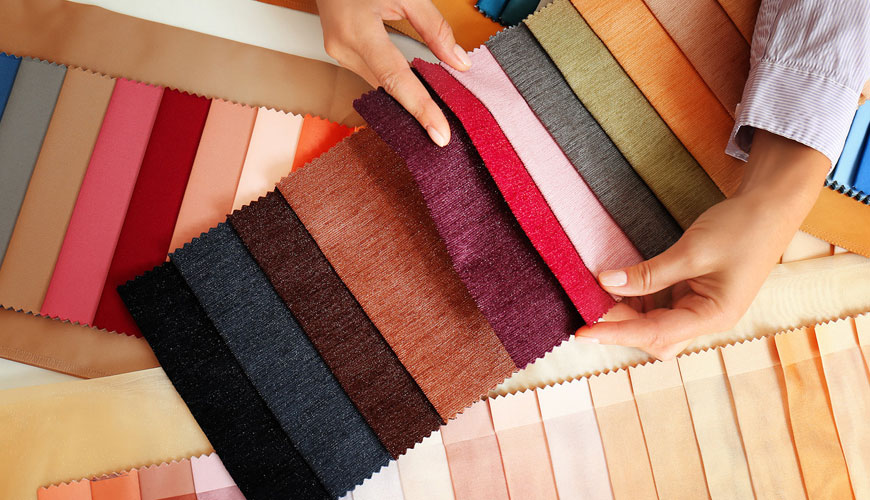Inspection News
Color Fastness in Textile Quality Control
Color Fastness is important for brands and manufacturers regarding textile quality. But what is it, and what are the factors affecting it? In this article, we will dive into the classification of color fastness, common testing methods and the benefits of color fastness testing in quality control for textile products.
What is color fastness?
It is the ability of a textile to retain its color when exposed to various external factors, such as washing, rubbing, sunlight, sweat, bleaching and chemicals. It is an important indicator of the quality and performance of a textile product, as it affects its appearance, durability and safety. Poor color fastness can lead to color fading or bleeding, which can damage the aesthetic appeal and functionality of the textile. Moreover, it can also cause environmental pollution, waste of resources and health risks for the users and workers who come in contact with the dyed fabrics.
Therefore, textile manufacturers, brands and retailers must ensure color fastness in their products and comply with the relevant standards and regulations.
Classification of Color Fastness and Testing Methods
Some of the most common ones are:
Color fastness to washing
We will measure the resistance of color to fading or staining when washing the textile by hand or a washing machine. Then we use a standard detergent solution and a specified temperature, time and agitation for testing. After that, we compare the result with a reference fabric to assess the degree of color change and staining.
Color fastness to rubbing
This measures the resistance of color to rubbing off or transferring to another surface when the textile is subjected to friction. We use a crock meter to test rubbing ability, which rubs a white cloth against the test specimen under a fixed pressure and number of strokes. The white cloth is then evaluated for staining.
Color fastness to light
Textile that exposures to light will fade gradually. To test this, we use a xenon arc lamp or a carbon arc lamp, which simulates sunlight or daylight. The test sample is then compared with a blue wool standard to assess the degree of color change.
Color fastness to perspiration
When the textile is in contact with human sweat, it also fades. We test this by using an artificial perspiration solution and placing the test specimen and a multi-fiber fabric in a device that maintains a constant temperature and humidity. After that, we will evaluate the color changing of the test sample and the multi-fiber fabric.
Color fastness to bleaching
It can also fade when the textile is treated with bleaching agents, such as chlorine or hydrogen peroxide. To test this, we will use a standard bleaching solution and expose the test sample for a specified time. After that, we compare the sample with the original one to understand the degree of color change.
Color fastness to chemicals
Chemicals affect textile color too. We test this by applying a drop of the chemical solution on the test specimen, leaving it for a specified time, and then comparing it with the original one to see the difference.
Based on international standards for Textile testing, such as ISO, AATCC, ASTM, BS or EN, the professional will perform the testing accordingly. Based on the colour change observed, the results are expressed from 1 (poor) to 5 (excellent).
What are the Factors that Influence Color Fastness?

The type and quality of fibers
Different fibers have different affinities for dyes and different resistance to external factors. For example, natural fibers like cotton or wool tend to have lower color fastness than synthetic fibers like polyester or nylon.
The type and quality of dyes
Different dyes have different molecular structures and different stability under different conditions. For example, reactive dyes have higher color fastness than direct or acid dyes.
The dying process
The dyeing process involves various steps: pre-treatment, dyeing, washing, drying and finishing. Each step can affect the penetration, fixation and removal of dyes on the fibers. For example, proper pre-treatment can remove impurities and improve dye uptake; proper washing can remove excess dyes and prevent staining; proper finishing can enhance color protection and performance.
The end-use conditions
The end-use conditions refer to how they use the textile product. For example, frequent washing, exposure to sunlight, and contact with sweat or chemicals can affect the color fastness of the textile faster.
Benefits of Color Fastness Testing and Quality Control for Textile Products
There are many benefits, such as:
- Improve the appearance, durability and functionality of the product
- Reduce the risk of customer complaints, returns or claims
- Enhance the reputation, trust and loyalty of the brand
- Meet the regulatory requirements and customer expectations
- Protect the environment, resources and human health
To ensure quality for textile products, it is advisable to work with a professional and reliable testing and inspection service provider, such as VIS. As a professional quality control company, we can help you conduct on-site inspections and audits to verify the quality and compliance of your suppliers and factories. We also ensure your textile product meets international standards and requirements. Contact us today.











